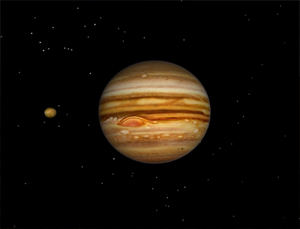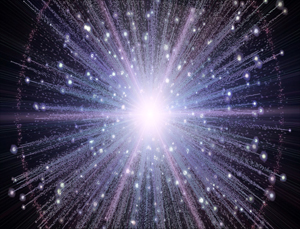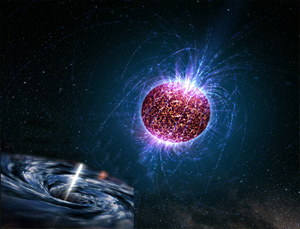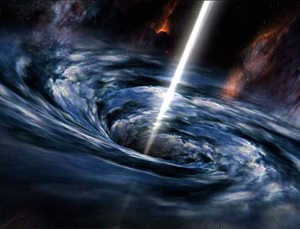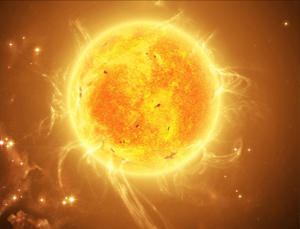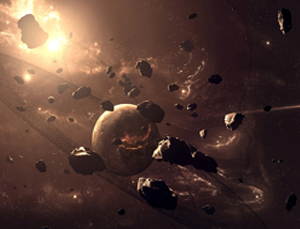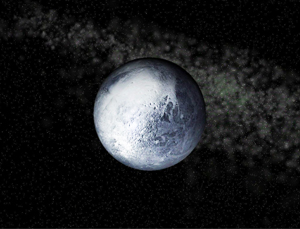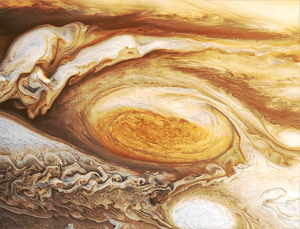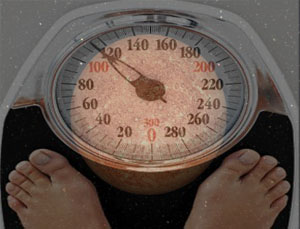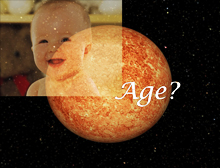What is Nebulae?

A NEBULAE is a cloud of Dust and Gas inside galaxy. Nebulae become vissilble only if gas glows or cloud refelects starlight .Why nebulae shines because their gas emits light whenit is stimulated by a radiation from hot young stars. And it also called as Birth place of stars.
